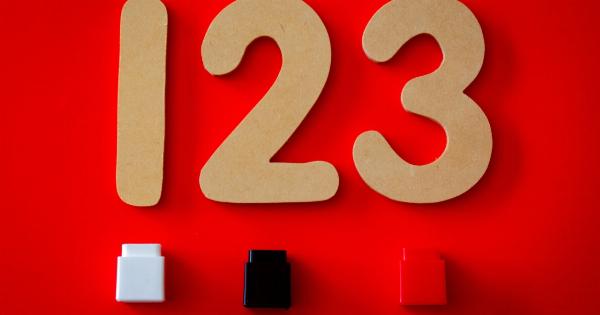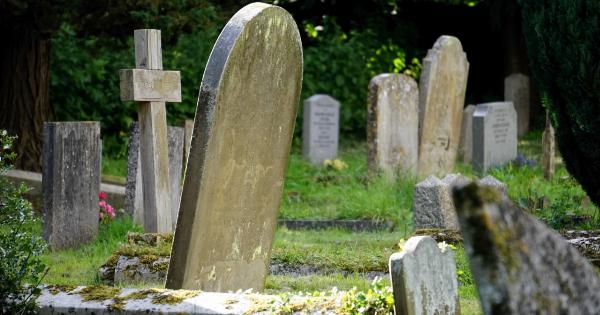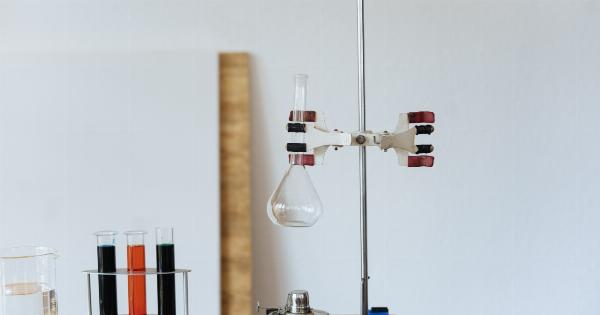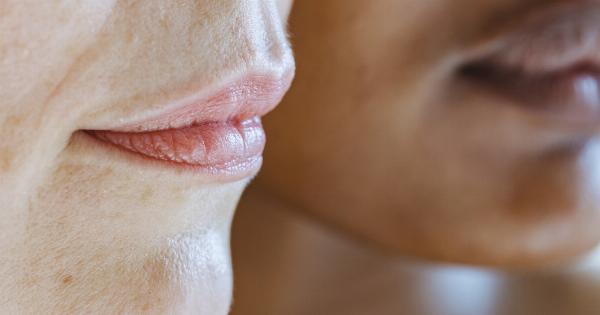Blocked arteries, also known as atherosclerosis, occur when fatty deposits called plaque build up inside the walls of our arteries, causing them to become narrowed and hardened.
This condition restricts blood flow and can lead to serious health problems, including heart attack and stroke. While many people assume that blocked arteries only manifest with noticeable symptoms, there are often hidden signs that this dangerous condition is present.
Recognizing these signs can help prevent potential health complications and seek timely medical intervention.
1. Chest Pain or Angina
Chest pain or discomfort, also referred to as angina, is one of the most common symptoms associated with blocked arteries. This pain is often described as a feeling of pressure, squeezing, fullness, or tightness in the chest.
Angina usually occurs during physical activity or periods of stress when the heart muscle requires more oxygen but is not receiving enough due to the narrowed arteries. It may also radiate to the neck, jaw, arms, back, or stomach.
2. Shortness of Breath
Blocked arteries can lead to insufficient blood flow to the lungs, causing shortness of breath. This symptom is particularly evident during physical exertion or even at rest in severe cases.
The individual may experience difficulty in breathing or feel breathless even with minimal exertion, such as speaking or climbing a flight of stairs.
3. Fatigue and Weakness
When arteries become blocked, the heart has to work harder to pump blood, leading to fatigue and weakness. Reduced blood flow means less oxygen and nutrients reach the muscles and organs, causing feelings of exhaustion and sluggishness.
Persistent fatigue despite adequate rest can be a hidden sign of blocked arteries that should not be ignored.
4. Nausea and Indigestion
In some cases, blocked arteries can manifest as gastrointestinal symptoms such as nausea, indigestion, or stomach pain. These symptoms typically occur due to reduced blood supply to the digestive system.
If you frequently experience these symptoms without any apparent cause, it’s essential to consider the possibility of underlying artery blockages.
5. Dizziness or lightheadedness
Blocked arteries may disrupt normal blood circulation to the brain, leading to dizziness or lightheadedness. These sensations may occur suddenly or when changing positions.
If you frequently feel dizzy or lightheaded, especially accompanied by other symptoms like chest pain or shortness of breath, it’s crucial to consult a healthcare professional to determine the cause.
6. Erectile Dysfunction
For men, erectile dysfunction can occasionally be an indication of blocked arteries. When the arteries that supply blood to the penis become narrowed or blocked, it can result in difficulty achieving or maintaining an erection.
This symptom should not be ignored, as it might be an early warning sign of cardiovascular problems.
7. Muscle Weakness or Cramping
Inadequate blood flow to the muscles can lead to weakness or cramping, particularly during physical activity. Over time, this can interfere with your ability to perform daily tasks or participate in exercise.
Pay attention to any unusual muscle weakness or cramps and consult a healthcare professional if they persist.
8. Cold Hands and Feet
Blocked arteries can result in poor circulation, leading to cold hands and feet. Reduced blood flow to the extremities can cause them to feel unusually cold, even in warm environments.
If you frequently experience coldness in your hands and feet, along with other potential symptoms of blocked arteries, it’s important to discuss your concerns with a medical professional.
9. High Blood Pressure
While high blood pressure (hypertension) can be a symptom of blocked arteries, it can also contribute to the development and progression of atherosclerosis.
Chronically elevated blood pressure damages the artery walls, making them more susceptible to the formation of plaque. It is essential to monitor and manage blood pressure levels to reduce the risk of blocked arteries.
10. Changes in Skin Color or Texture
Severely blocked arteries can cause visible changes in the skin, particularly in the legs and feet. The affected area may appear pale, bluish, or have a noticeable shiny or waxy texture.
As the blood flow becomes increasingly restricted, wounds may heal slowly, and sores or ulcers may develop. If you notice any unusual skin changes or slow-healing wounds, seek medical attention promptly.
While these hidden signs may indicate the presence of blocked arteries, it is important to note that everyone may not experience the same symptoms. Some individuals may have few or no obvious signs until a severe event, such as a heart attack, occurs.
Therefore, it is crucial to focus on preventive measures by maintaining a healthy lifestyle, following a balanced diet, exercising regularly, avoiding smoking, and managing stress levels. Regular check-ups with healthcare professionals can also help detect risk factors and identify any potential artery blockages earlier.






























